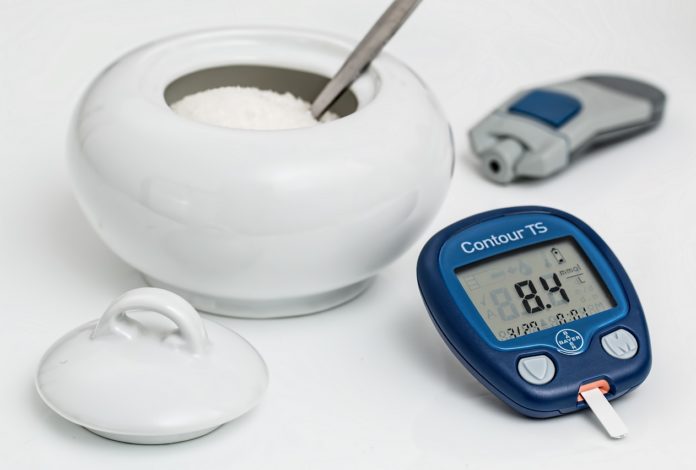
Picture a sailor dying of thirst while surrounded by the sea. In a body with unchecked diabetes, every cell suffers a similar fate.
“Cells need sugar,” says Leta Philp, a diabetes educator with the Diabetes, Obesity, and Nutrition Strategic Clinical Network at Alberta Health Services. “Insulin is like a little key that opens up cell doors to let sugar in. When you have Type 2 diabetes, the pancreas doesn’t produce enough insulin, or the cell doors resist opening, or both. Cells starve even though sugar is available in the surrounding blood.”
Rates of Type 2 diabetes are rising faster in Alberta than anywhere else in Canada. More than 300,000 Albertans have the disease, and it tends to get worse. “It’s like driving a car in the wrong gear,” says Tracy Kwasny, diabetes educator with the Alberta Healthy Living Program in Lethbridge. “There will be extra wear and tear. But by working with your healthcare team, monitoring your health and keeping blood sugar levels in check, it’s possible to stay healthy for years.”
Here are tips for catching Type 2 diabetes early—and for living well with it.
Know the Signs
Common signs include frequent urination, thirst and/or hunger. Other signs include weight loss, a dry mouth, urinary tract infections, blurry vision and numbness or tingling in fingers and toes. Experts recommend an annual check for elevated blood sugar after age 40, when the risk of developing diabetes rises.
Gauge Your Risk
Older people with a family history of the disease and/or non-Caucasian roots are at higher risk of having Type 2 diabetes. So are women who had gestational diabetes while pregnant. Other risks include being overweight, obese and/or inactive.
Live Healthy
A healthy diet and active lifestyle become doubly important.
- Find meal planning, exercise and medication that work for you. The Alberta Healthy Living Program, Primary Care Networks, your pharmacist and your family doctor can help.
- Set S.M.A.R.T. goals—specific, measurable, attainable, relevant and timely. “Experts recommend 30 minutes of exercise at least five days a week, plus resistance exercise two to three times a week.”
- Eat regularly spaced, balanced meals with lots of vegetables and fibre, some protein and healthy fat, complex carbohydrates and very little added sugar. Avoid fruit juice, pop and sport drinks.
- And if you overindulge on a special occasion? Go for a walk, Kwasny says. “Exercise does great things to lower blood sugar by firing up the muscles, so they accept insulin better.”
Monitor Your Health
Besides blood sugar, watch for elevated blood pressure, escalating anxiety, reduced kidney function, increased cholesterol and nerve damage in eyes and feet. Schedule appointments at least once a year with your family physician and foot and eye specialists.









